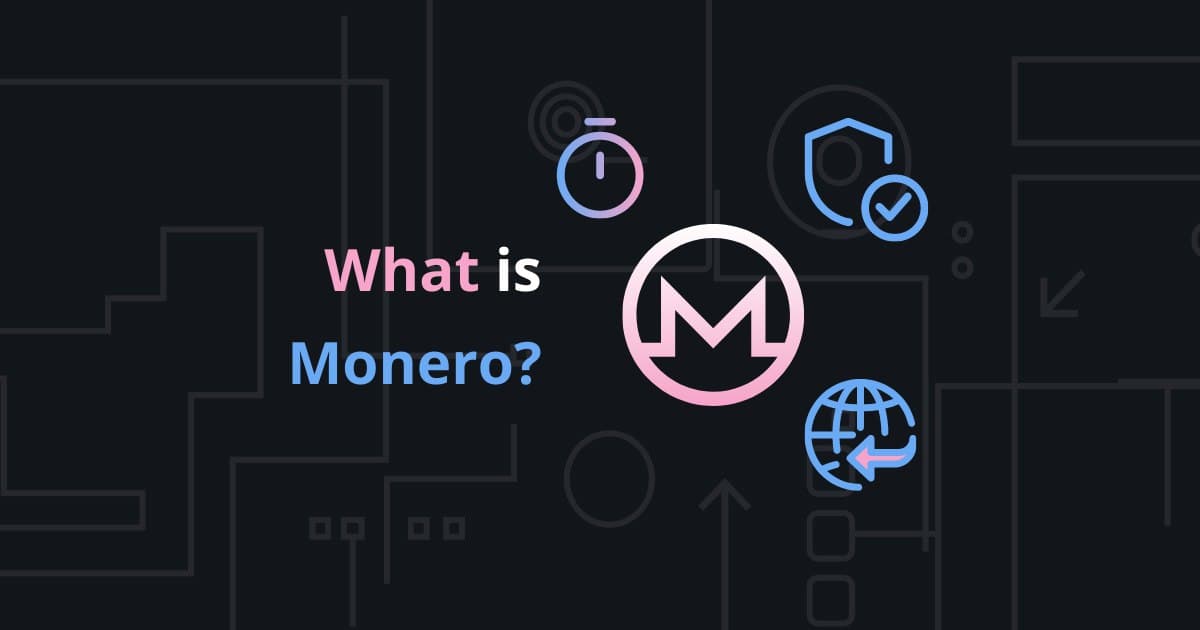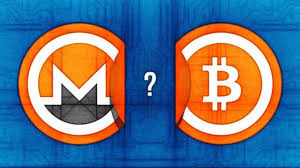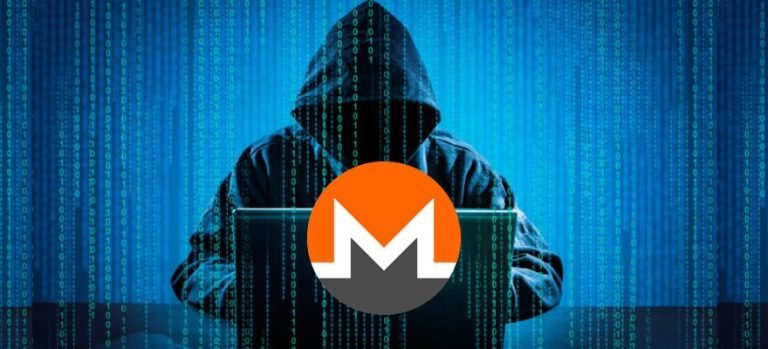Monero cryptocurrency (XMR), established in 2014, is an open source privacy-focused cryptocurrency. It is built around the blockchain concept. The Monero blockchain is deliberately set to be opaque. It allows you to hide the details of a transaction – for example, the identity of senders and recipients, as well as the amount of each transaction – by making it anonymous by masking the addresses used by participants.
Contents:
Along with anonymity, the monero mining process is based on an egalitarian concept – the principle that all people are equal and deserve equal opportunities. When monero was launched, its developers did not make any commission for themselves and relied on contributions and community support to further develop the virtual currency.
Monero supports the mining process where people are rewarded for their activities by joining mining pools or they can mine Monero individually. Mono mining can be done on a standard computer and does not require any special hardware such as application specific integrated circuits (ASICs).
In general, we can say that mining Monero compares with the production of other cryptocurrencies favorably:
-
due to the use of special algorithms and properties, the heating of video cards and processor has decreased;
-
due to the fact that it is impossible to use ASICs, corporate mining of Monero does not develop, which allows ordinary miners to earn more;
-
Coin mining is highly profitable.
1. Features of the Monero cryptocurrency
1.1. What value does Monero have?
Monero has value because people are willing to buy it. If no one wants to buy Monero, then it has no value. Monero’s price increases if demand exceeds supply and decreases if supply exceeds demand.
1.2. How can I get Monero?
You can buy Monero on an exchange, exchange office or from a private person. Alternatively, you can try mining Monero to get coins from the block reward.
1.3. What is a mnemonic map?
Mnemonic Seed is a 25-word set that can be used to restore your account anywhere. Keep these words safe and do not share them with anyone else. You can use this card to recover your account even if your computer crashes.
2. Monero wallet
2.1. Why does my wallet take so long to sync?
If you are using the complete block locally, you need to copy the entire blockchain to your computer. This can take a long time, especially on an old hard drive or slow internet connection. If you are using a remote unit, your computer still needs to request a copy of all data, which can take several hours. Be patient, and if you want to sacrifice some privacy for faster sync times, consider using a lightweight wallet
2.2. What is the difference between a light and regular wallet?
For a lightweight wallet, you pass your view key to a node that scans the blockchain and looks for incoming transactions for your account on your behalf. This node will know when you receive money, but it will not know how much you are receiving, who you received from or who you are sending money to. Depending on the software in your wallet, you can use the node you manage to avoid privacy leaks. For more privacy, use a regular wallet that can be used with your own node.
3. Monero specifications
3.1. Does Monero have a block size limit?
No, Monero does not have a hard block size. Instead, the block size can increase or decrease over time, depending on demand. This is limited by the growth rate to prevent explosive growth.
3.2. What is blockchain?
Blockchain — a system that keeps a copy of all transaction history on the Monero network. Every two minutes, a new block is added to the blockchain with the latest information about transactions. This chain allows the network to check the amount of money in the accounts and makes it resistant to attacks and centralization attempts.
3.3. What is Kovri?
Kovri — an I2P router, written in C ++. I2P — a hidden network like Tor with a few technical differences. Kovri is an independent Monero project, but will work with Monero and a number of other projects. Kovri hides the broadcast of the transaction, so other nodes don’t know who has created the transactions. In difficult environments, Kovri can be used to hide all Monero traffic over I2P, preventing people from knowing that Monero is in use. Kovri is currently in alpha and is not fully integrated into Monero yet.
3.4. What is fungibility and why is it important?
Fungibility — a simple property of money, where there is no difference between two amounts of the same value. If two people traded 10 and two 5, no one would lose. However, let’s assume everyone knows that 10 was previously used in a ransomware attack. Is the other person still about to make a deal? Probably not, even if the person with 10 has nothing to do with the ransomware. This is a problem, as the recipient of the money must constantly check the money he receives in order not to receive spoiled coins. Monero is fungible, which means people don’t have to go through these checks.
You can buy Monero on popular exchanges, for example:
| 1. | Poloniex |
| 2. | Bitfinex |
| 3. | HitBTC |
| 4. | EXMO |
4. Monero anonymity
4.1. How does Monero’s privacy differ from other coins?
Monero uses three different privacy technologies: ring signatures, ring confidential transactions (RingCT) and hidden addresses. They hide the sender, amount and recipient in the transaction, respectively. All transactions on the network are private by mandate; there is no way to send a transparent transaction accidentally. This feature is exclusive to Monero. You don’t need to trust anyone with your privacy.
4.2. How is Monero different from Bitcoin?
Monero is not Bitcoin based. It is based on the CryptoNote protocol. Bitcoin is a completely transparent system, where people can see exactly how much money is being sent from one user to another. Monero hides this information to protect user privacy in all transactions. It also has dynamic block size and dynamic billing.
4.3. If Monero is so private, how do we know it wasn’t made out of nothing?
In Monero, every output of a transaction is uniquely associated with a key image, which can only be generated by the owner of that output. Key images that are used more than once are rejected by miners as double costs and cannot be added to a valid block. When a new transaction is received, miners verify that the key image does not exist for the previous transaction to ensure that this is not a double spend.
We may also know that the transaction amounts are valid even if the values of the costs you enter and the results you send are encrypted (they are hidden from everyone except the recipient). Since the amounts are encrypted, using Pedersen’s commitments, this means that no observer can tell the sums of the inputs and outputs, but they can perform mathematical calculations on Pedersen’s commitments to determine that Monero was not created out of nothing.
4.4. Monero — magic and protecting my privacy, no matter what I do?
Monero is not magic. If you use Monero but give your name and address to another party, the other party won’t forget your name and address. If you give out your private keys, others will know what you did. If you are compromised, others will be able to catch you. If you use a weak password, others will be able to intercept your key file. If you back up your mnemonic map to the cloud, you will be poorer soon.
4.5. Is Monero 100% anonymous?
There is no such thing as 100% anonymity. Monero may also have bugs. There may be ways to display some information through Monero’s privacy bugs, now or later. If you are wearing a seat belt, you can still die in a car accident. Use common sense, discretion and deep protection.











